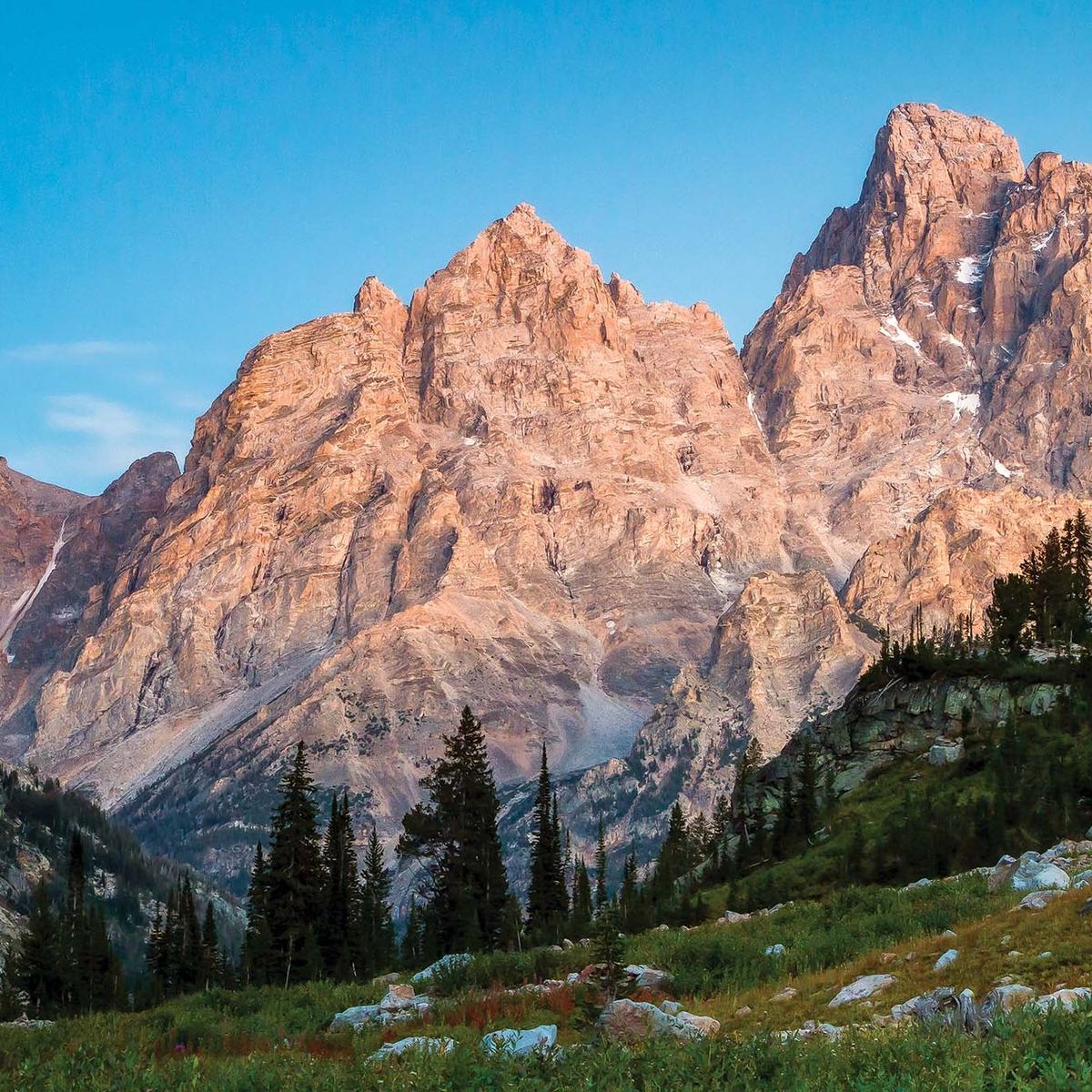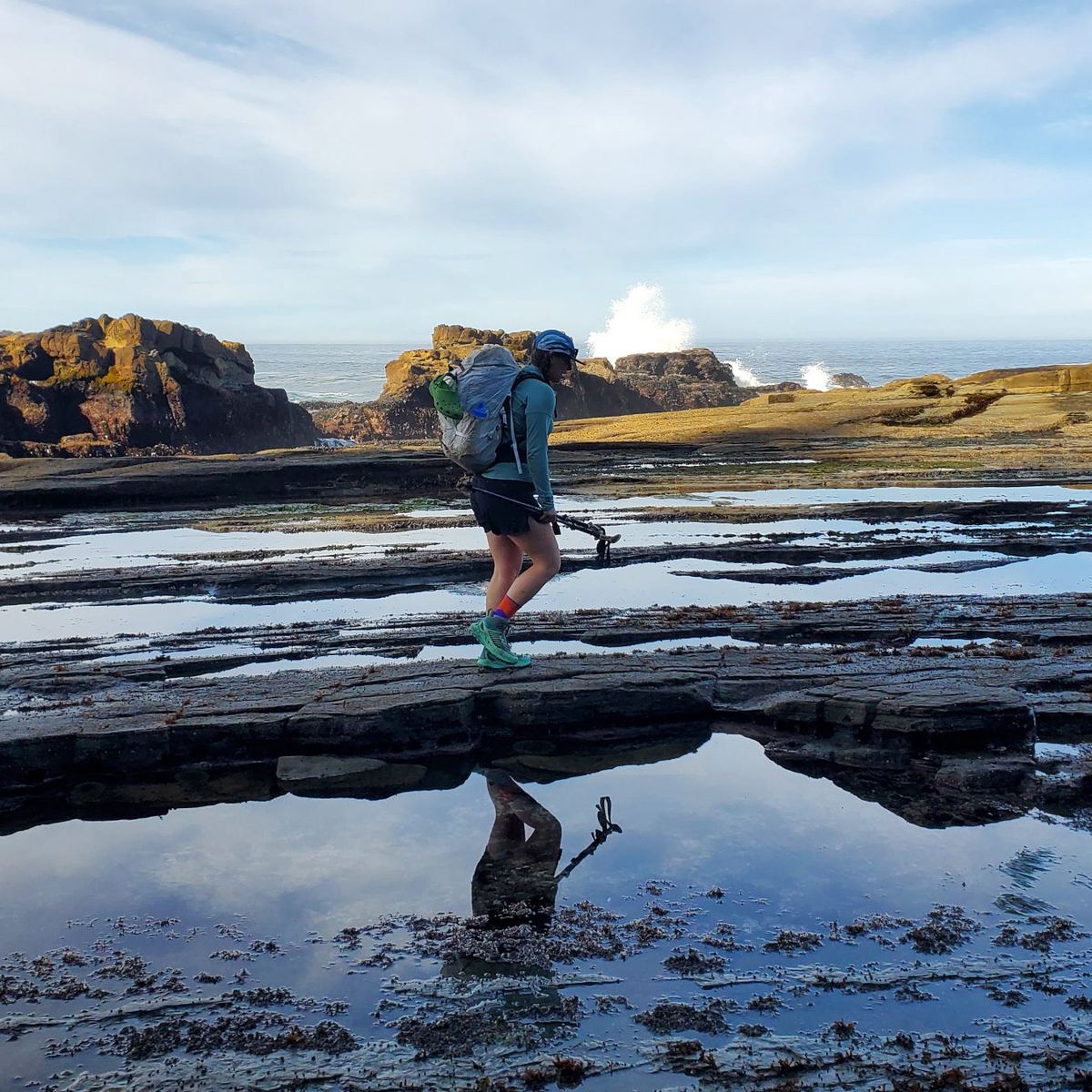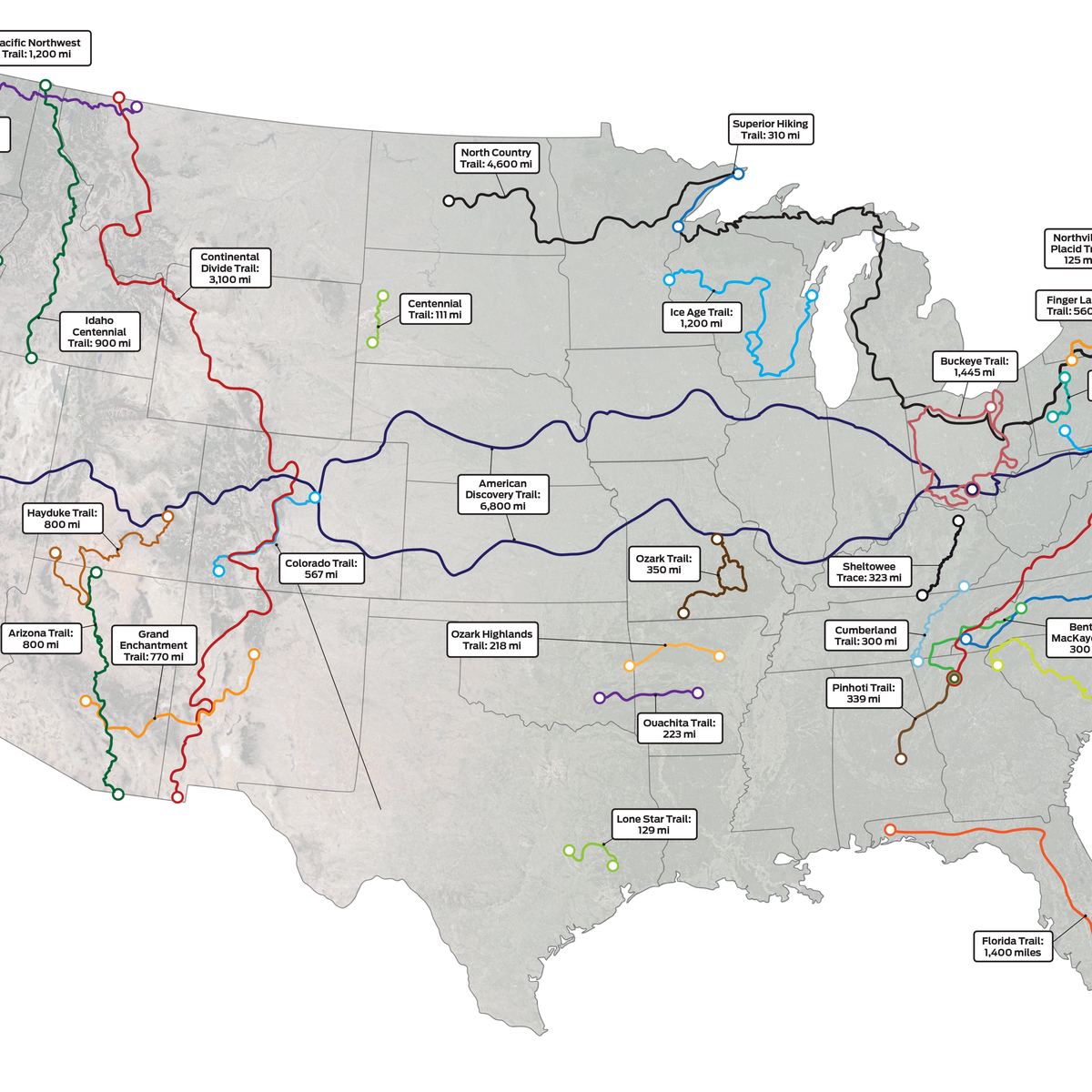Everything I Wish I Knew Before Hiking the John Muir Trail
Everything I Wish I Knew Before Hiking the John Muir Trail
A serial thru-hiker shares lessons learned from countless hikes of John Muir Trail.
Heading out the door? Read this article on the new Outside+ app available now on iOS devices for members! Download the app.
I first set foot on the John Muir Trail while thru-hiking the Pacific Crest Trail in 2011. For the first 767 miles through California, every trail angel I met told me to take the JMT when it splits from the PCT for 13 miles near Reds Meadow. So I did. That section of the Sierra is where I bonded with my fellow thru-hikers. We invented a horseshoe-style game with the snow baskets of our trekking poles and played it every afternoon. We learned how to use hard-copy maps and compasses to find the top of Forester Pass. It is also the first time I heard about FKTs, which came to play a huge role in my later hiking career. The JMT was full of magic and rumors; people said the record holders would hike all night and sleep during the day so that they didn’t need to bring a sleeping bag. As a 20-year-old, hearing these stories amidst the glory of the high Sierra sparked my lifelong love of the outdoors.
I hiked the JMT four more times over the ensuing decade. Something kept pulling me back, and each time was different but equally magical. Then finally, 11 years after first stepping on the trail, I decided to go for the record. It was a different style of thru-hiking, but all the rumors and discussions over the years came right back. In fact, I didn’t carry a sleeping bag, opting to forgo sleep almost entirely. The record was a totally different way to cover the same miles, but was equally as stimulating and exciting. After countless times covering every inch of the trail, here are the things I wish I knew.
There Is No Cell Service
Despite starting in Yosemite and ending only a couple hours from Los Angeles, the John Muir Trail is disconnected from the rest of the world. The views are sweeping, but the cell coverage is nonexistent. Other than on the top of Mt. Whitney, there is very little chance of finding a single bar outside of a resupply stop. This is one of the factors that makes the trail spectacular, but it also makes planning and staying on top of quickly changing weather and logistics complicated. Offline maps, a satellite communicator, and even some pre-written notes on the essentials like when shuttles run, how late businesses are open, and different alternates along the way can be a big help. Prepare yourself and your loved ones back home for no connectivity on the JMT.
The Altitude Takes a Toll
I live at 5,000 feet, but that didn’t quite prepare me for the roughly 100 miles of the JMT that are above 10,000. It is noticeably different from lower altitude backpacking, and any energy you wake up with disappears over the course of a day of hiking. Sleep is harder at altitude and shortness of breath sets in quickly on every climb. Luckily, if you thru-hike the trail southbound, the route eases into the higher elevations. Starting at the lowest point, a quick trip over Donohue Pass (11,073 feet) before dropping back below 8,000 allows a little time to acclimatize to the elevation. Each time I have hiked the JMT, I have been surprised at how hard the climbs feel, especially the five high passes (Muir, Mather, Pinchot, Glen, and Forester) on the southern end of the trail.

The Conditions are Always in Flux
In 2011, a friend and I made it to the top of Selden Pass at the same time as a thunderstorm. We had been shielded from the clouds rolling in by a giant granite wall obscuring the view in that direction. We huddled under a small tree next to the rocky cliff and waited. Between us and the inviting valley below stood a large exposed snowfield. Not the place to be in an afternoon thunderstorm. So, we waited until the clouds moved on and descended into the next valley.
The weather changes quickly in the Sierra, but the timing can also be predictable. Aim to cross over the high passes in the morning and avoid any risk of a thunderstorm altering your plans. When in doubt, wait it out. In 2011, we didn’t have the luxury of a satellite communicator that also showed weather forecasts, but today that would provide valuable information.
Long Carries or Bonus Miles
The JMT features a number of choices between long food carries or bonus miles. Other than Tuolumne Meadows and Muir Trail Ranch, every resupply option requires substantial extra miles or time spent hitching. Of course, this is all part of the adventure. But whether it is a ferry across Lake Edison, a 14-mile hitch or bus ride into Mammoth Lakes, or a 15-mile out-and-back side trip over Kearsarge Pass to access Onion Valley, your JMT hike will likely be longer than the official route. The other option is long carries. I have done the entire John Muir Trail without a resupply, and I have resupplied sparingly. But this comes with the downside of missing out on the town experience and the pleasure of satisfying a trail craving.
From 2024







